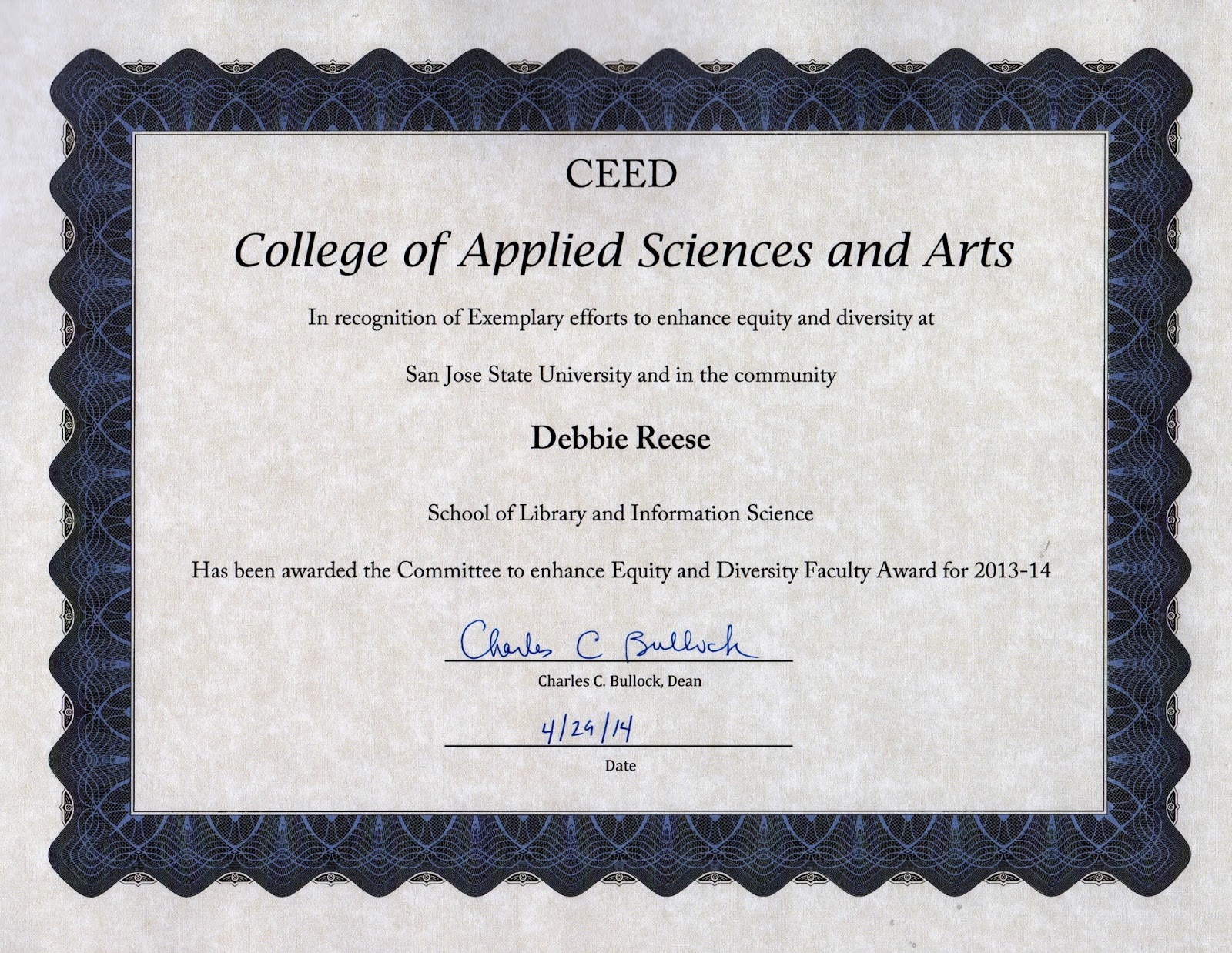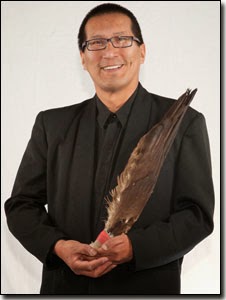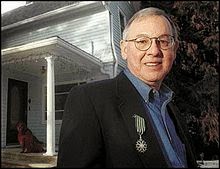"Great Scott! The long awaited indigenous super hero has arrived."If you never saw Charlie Hill perform, those words probably don't move you the way they do me. His humor was perfect. His voice as he told jokes and stories? Perfect.
In Super Indian, Starr's own wit shines. From minute details in the art to the words on the page, I found a lot to like about Super Indian.
Starr opens with a jab at those who create The White Man's Indian. By that, I mean prose riddled with "ancient" and "proud" and "noble" and "fierce" and "sacred quest" and "mystical knowledge." Those words and more are on the very first page, but they're there to tell you that you will not find that guy in Super Indian. Instead, we have Hubert Logan who, as a boy, "attended a birthday party for the local bully, Derek Thunder." At that party, the boys "consumed mass quantities of commodity cheese tainted with "Rezium," an experimental element developed by Government Research Scientist Dr. Eaton Crowe."
My guess is that most readers of AICL are going "huh?" because they don't know what commodity cheese is, but I guarantee that Native people on reservations know exactly what that is, and they're laughing (like I was) as I read that part of the intro.
Cheese aside, Hubert is kind of like Clark Kent: a studious guy in glasses and braids. He works at the Leanin Oak Bingo Hall. "Leanin Oak" is another joke, by the way! It is a poke at a line of over-the-top greeting cards with bogus Native proverbs and the like. Hubert's alter ego is Super Indian. He's got some side kicks, and a dog, too that lends his own thread to the stories in volume one.
Volume one has three different stories in it. After introducing us to the characters we'll meet as we read Super Indian, we begin with "Here Comes the Anthro." It is a perfect opening. The art shows a scary looking anthropologist on the cover, about to grab Super Indian.
Yep--that title is another jab. This one is at the discipline that has been causing Native people headaches (to say the least) for a very long time. I gotta pause here, and drop in Floyd Crow Westerman's song, "Here Come the Anthros" so that you get a full sense of what anthropologists mean to Native people:
Starr's anthropologist is German. I think him being German is a jab at Karl May, a German writer who wrote a bunch of novels about Native people. Goofy ones, that is, that--unfortunately--people don't see as goofy. Starr clearly had a good time writing Super Indian. If you're Native or well-versed in Native life as-it-is (not as outsiders imagine it to be), you'll like Super Indian. One of the characters is a blogger! How cool is that?
Back in 2012, Indian Country Today published an interview with Starr. Check it out. It has good background info. Go to the Super Indian website. Order a copy of Super Indian, and if you're a fan of comics, keep an eye on the Indigenous Narratives Collective of Native American comic book writers and artists. Good stuff.
Published by Wacky Productions Unlimited in 2012.























































